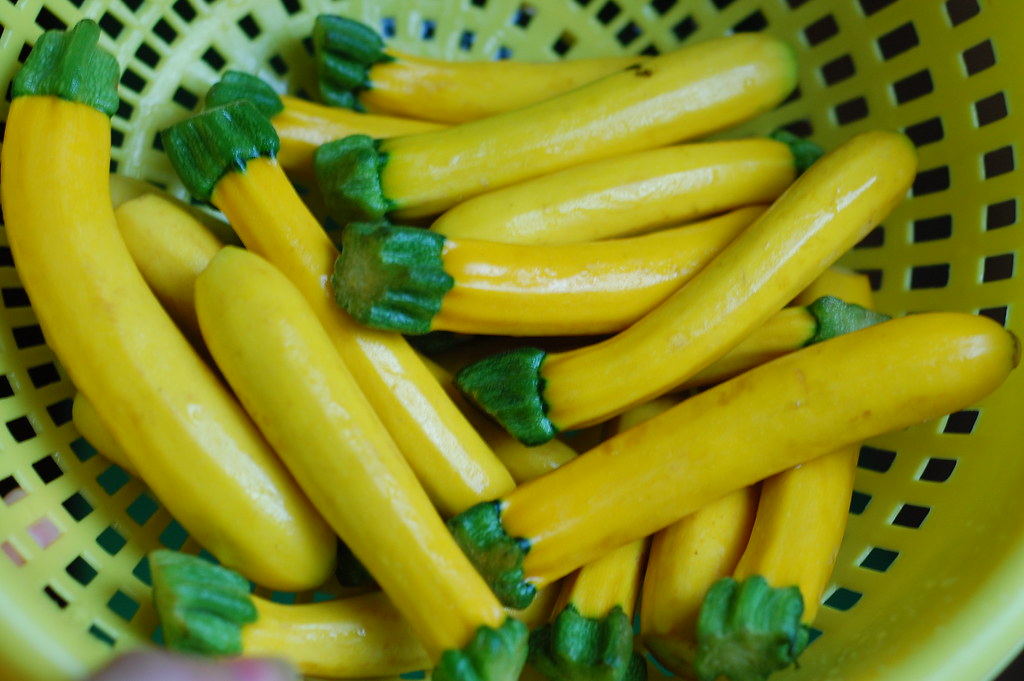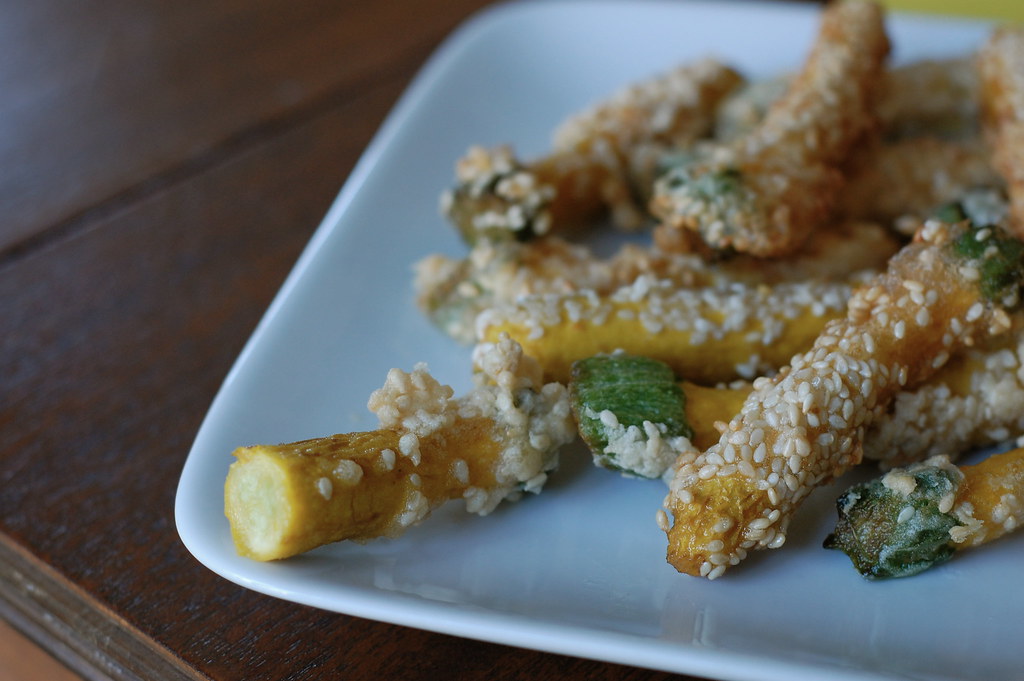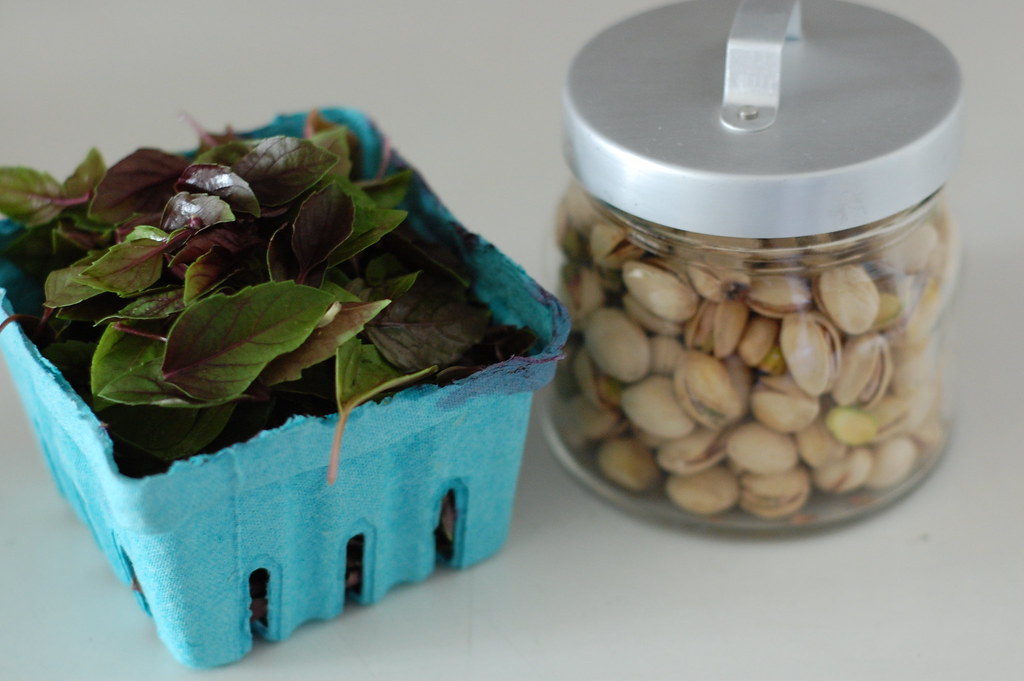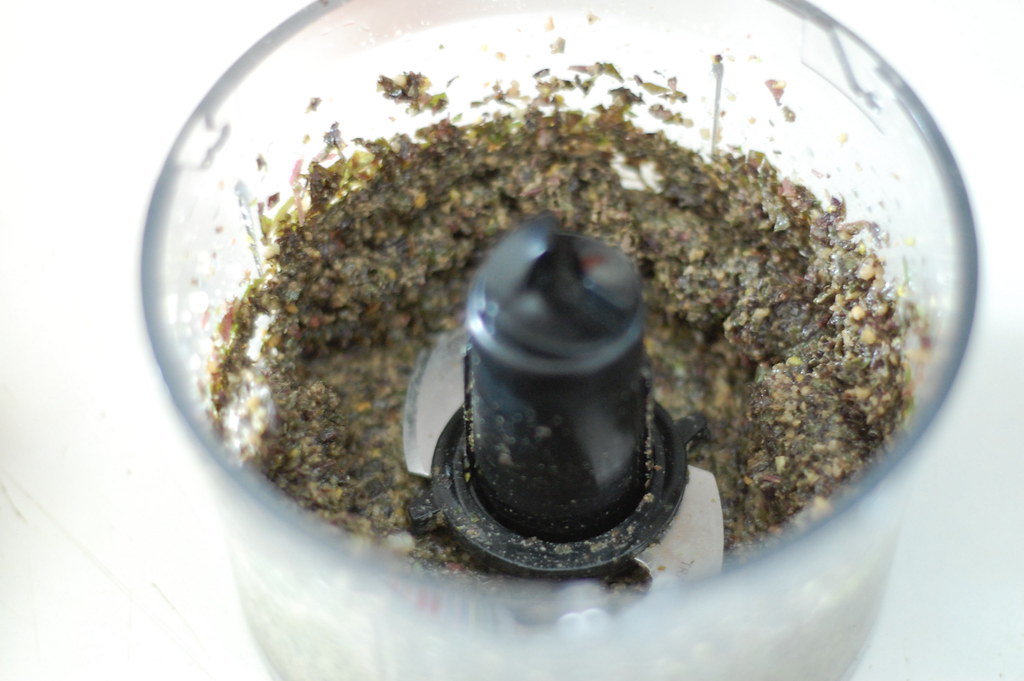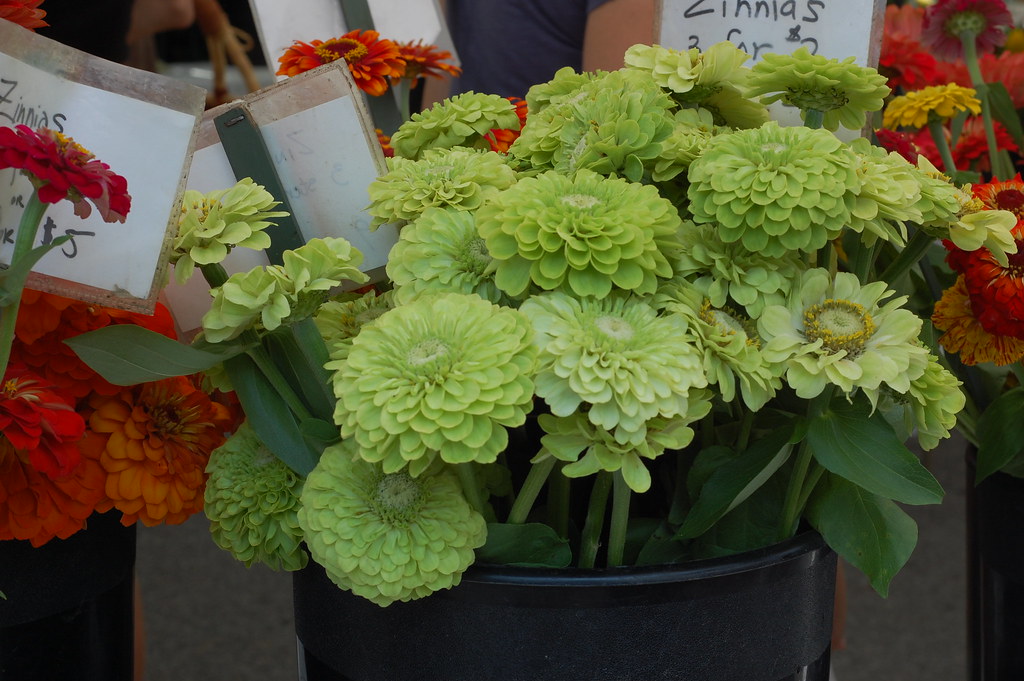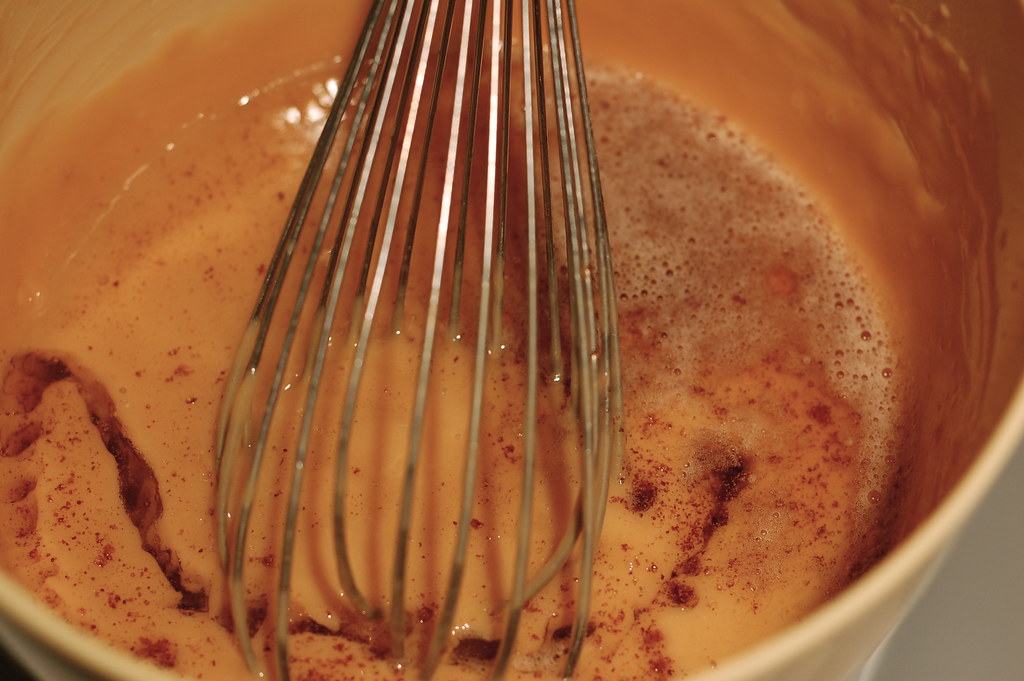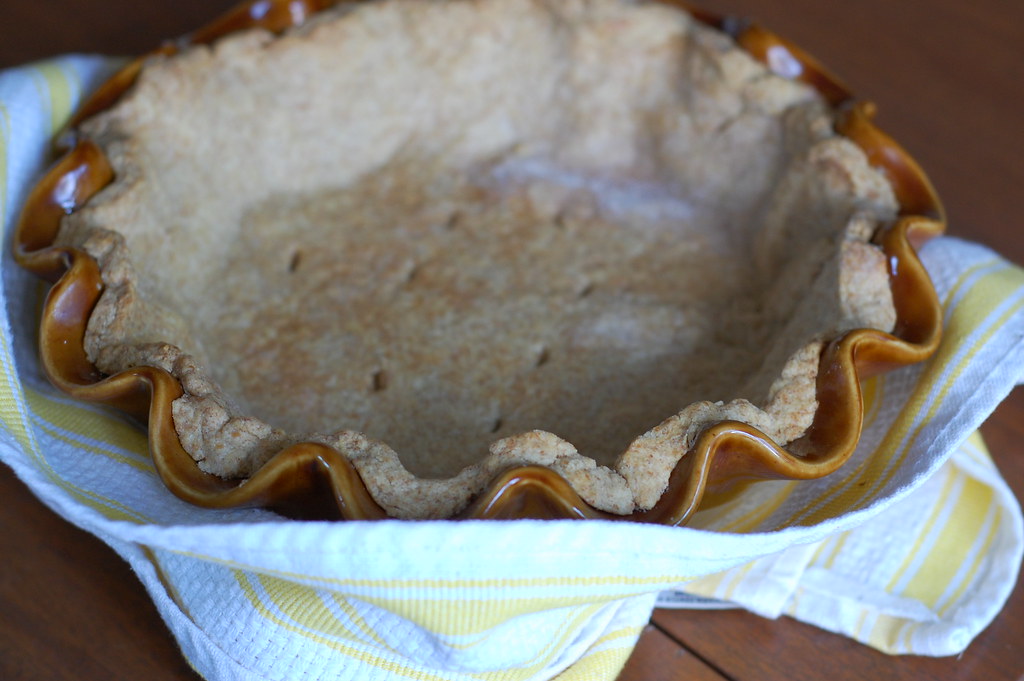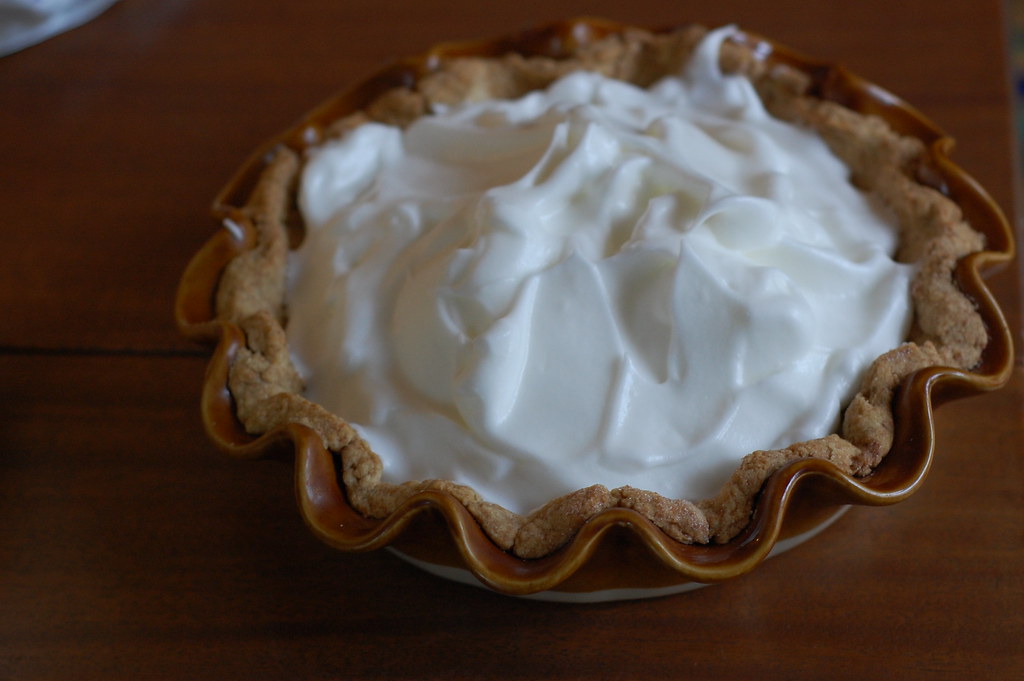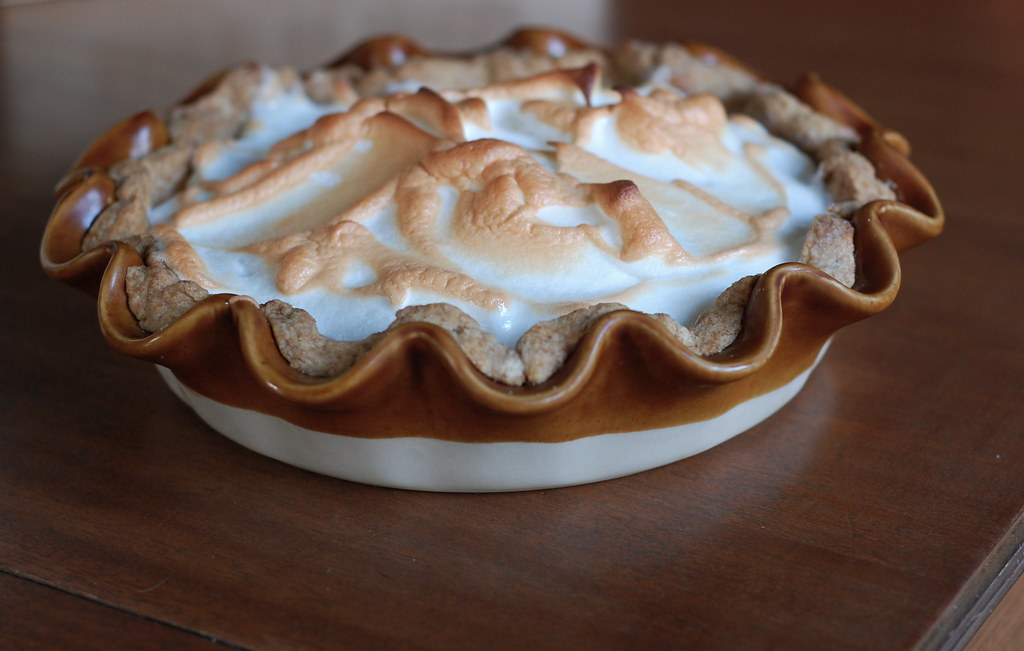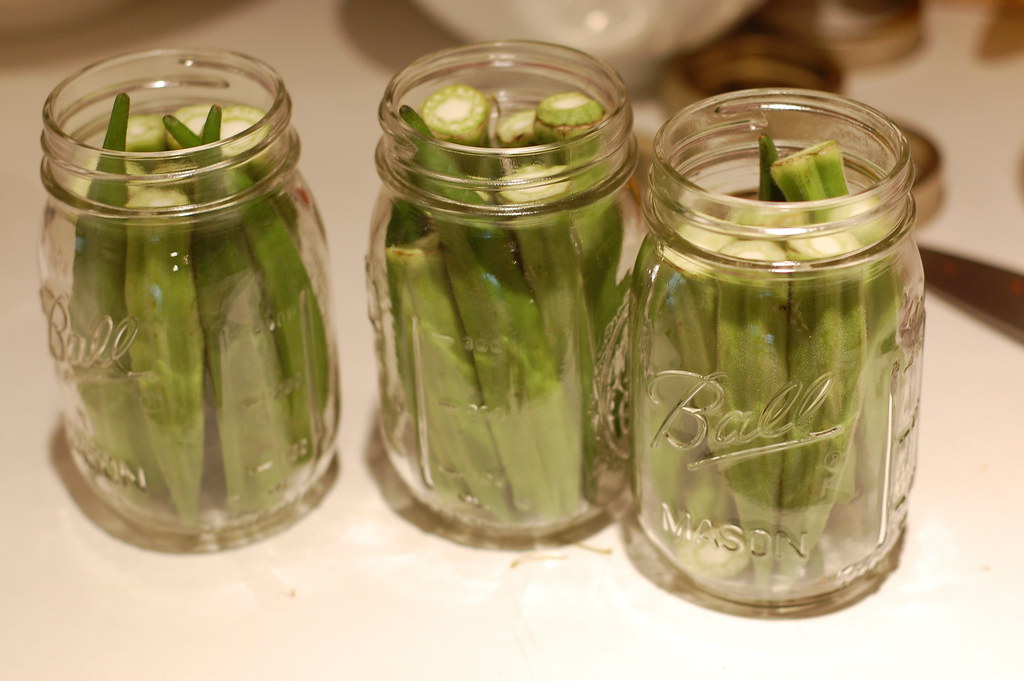
Our pickling and preserving adventures continue, this time with pickled okra. Okra alone is one of those dividing foods, one people wrinkle up their nose at, one whose funny prickles and strangely slimy pods aren't always easy to love. And, even if you (like me) love okra, whether stewed in tomato sauce or sliced and fried, pickled okra is a whole other ballpark. I like to think people who like pickled okra are a special small class all their own- and I love all of them.
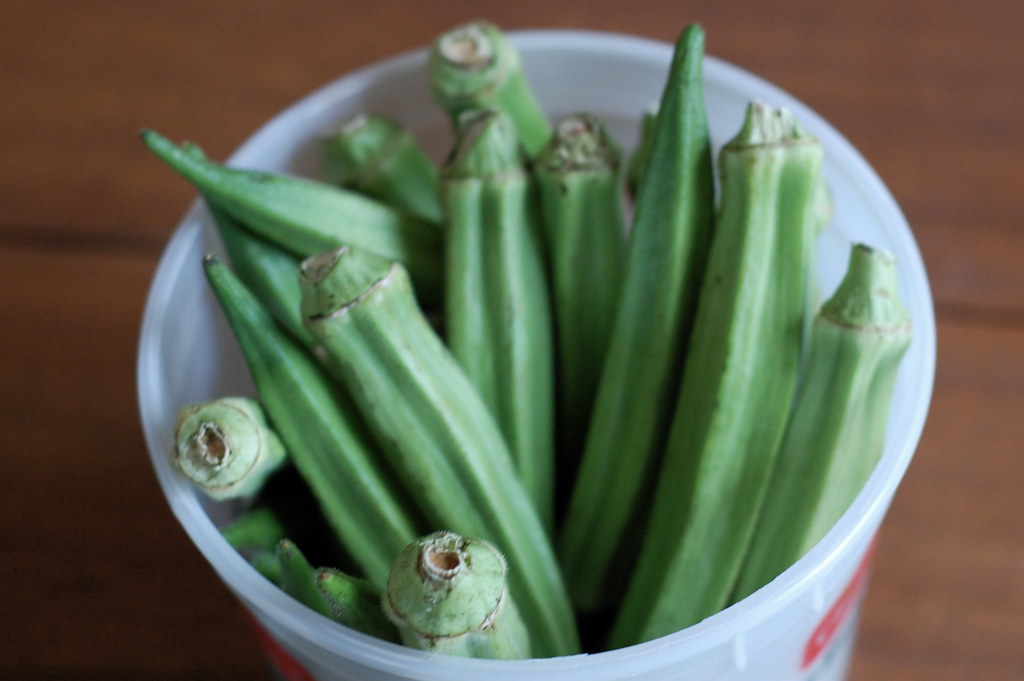
Okra is a pod botanically from the hibiscus family, which make sense if you think it could potentially open up into a beautiful flower. Related to both mallow and cotton, it has an unusual texture that needs to be handled properly (flash fried, quick pickled, or picked young and slow stewed). This recipe for smoky pickled okra (or smokra) looked fun to try, especially with all the okra in D.C. farmer's markets. The spice actually works to mellow the strong vinegar element of the pickle, giving it a bit more heat and interest. I made a big batch, to give to all those special pickled okra people I love.

Smoky Pickled Okra
My one caveat here is that I wouldn't recommend canning these - the time in the hot water bath slightly cooks the okra, rendering them less crisp than desired. Adapted from No Recipes. Makes about 2 pint-size jars.
24 okra, about 6" long or the right size to fit in your jars
2 cups white vinegar
1 Tbl sea salt
1 Tbl paprika (preferably smoked, like pimenton)
1 tsp whole mustard seed
1 tsp whole pepper corns
1/2 tsp cayenne pepper
1 tsp sugar
1/4 tsp cumin
1 clove of garlic lightly smashed
1. Wash the okra and trim the prickly bits off the tops of the okra, do not slice the tops to expose the pods. Pack them into a glass jar standing up.
2. In a small non-reactive saucepan, bring the rest of the ingredients to a boil for a minute or until the salt is completely dissolved. Pour this mixture into the jar and add enough water to cover the tops of the okra (they’ll float so you’ll need to weigh them down with something). Secure the lid and allow the jar to come to room temperature.
3. Keep the jar in the fridge for about 4 days, then enjoy.




